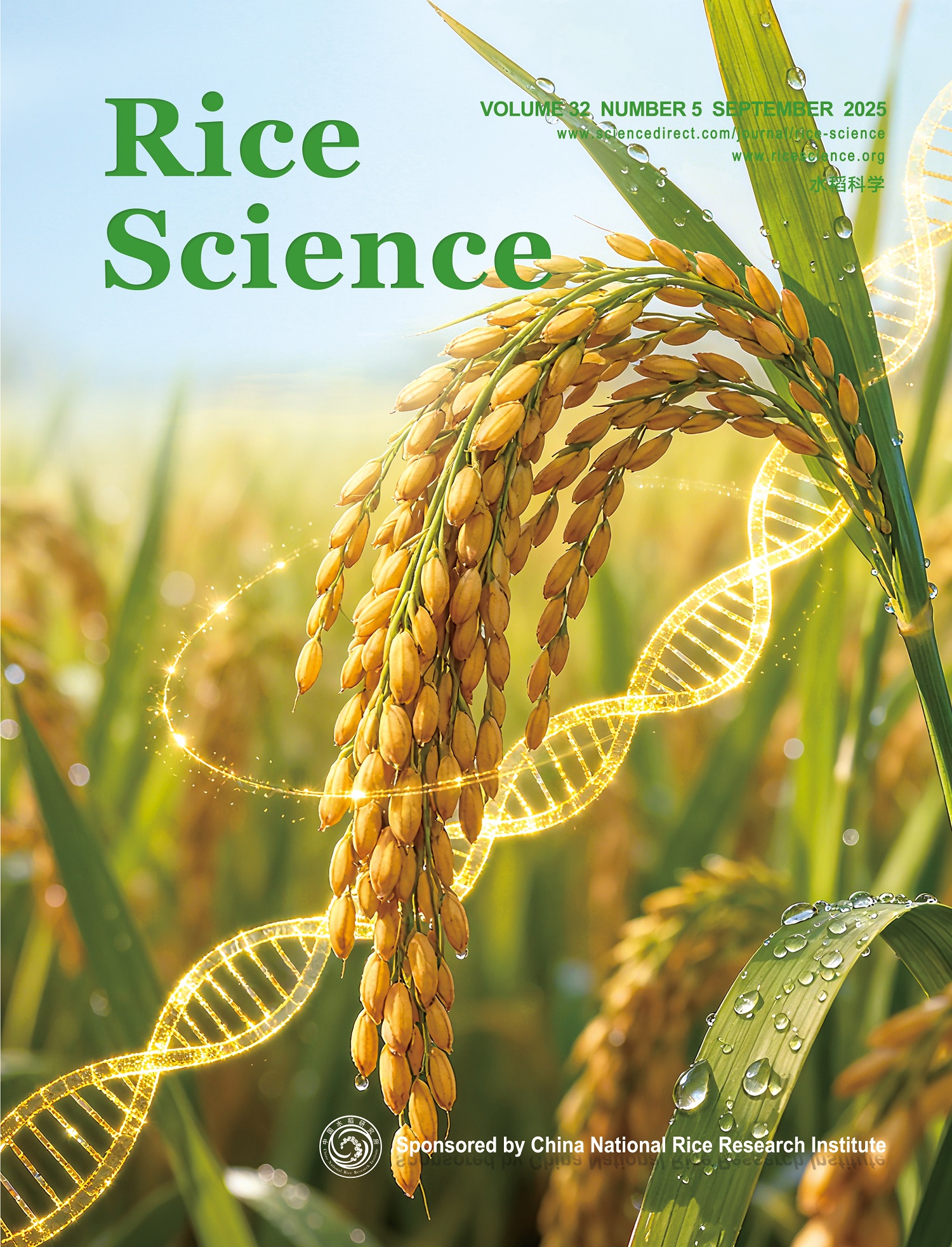Consecutive stresses, such as initial submergence during germination followed by water deficit during the seedling stage, pose significant challenges to direct-seeded rice cultivation. By Linkage disequilibrium analysis, Sub1 and Dro1 (Δbp: 10 Mb), as well as Sub1 and TPP7 (Δbp: 6 Mb) were identified to exhibit long-range linkage disequilibrium (LRLD). Meta-QTL analysis further revealed that Sub1 and TPP7 co-segregated for tolerance to submergence at the germination and seedling stages. Based on this, we hypothesized that LRLD might influence plant responses to consecutive stresses. To test this hypothesis, we developed a structured recombinant inbred line population from a cross between Bhalum 2 and Nagina 22, with alleles (Sub1 and TPP7) in linkage equilibrium. Mendelian randomization analysis validated that the parental alleles, rather than the recombinant alleles of Sub1 and TPP7, significantly influenced 13 out of 41 traits under consecutive stress conditions. Additionally, 16 minor additive effect QTLs were detected between the genomic regions, spanning Sub1 and TPP7 for various traits. A single allele difference between these genomic regions enhanced crown root number, root dry weight, and specific root area by 11.45%, 15.69%, and 33.15%, respectively, under flooded germination conditions. Candidate gene analysis identified WAK79 and MRLK59 as regulators of stress responses during flooded germination, recovery, and subsequent water deficit conditions. These findings highlight the critical role of parental allele combinations and genomic regions between Sub1 and TPP7 in regulating the stress responses under consecutive stresses. Favourable haplotypes derived from these alleles can be utilized to improve stress resilience in direct-seeded rice.

